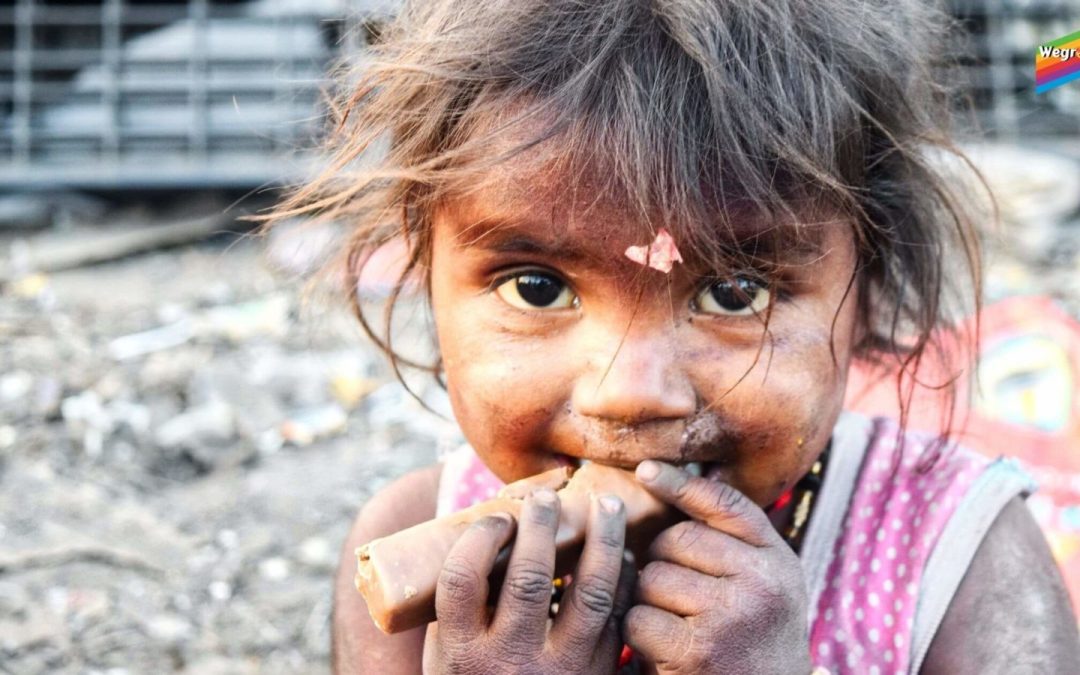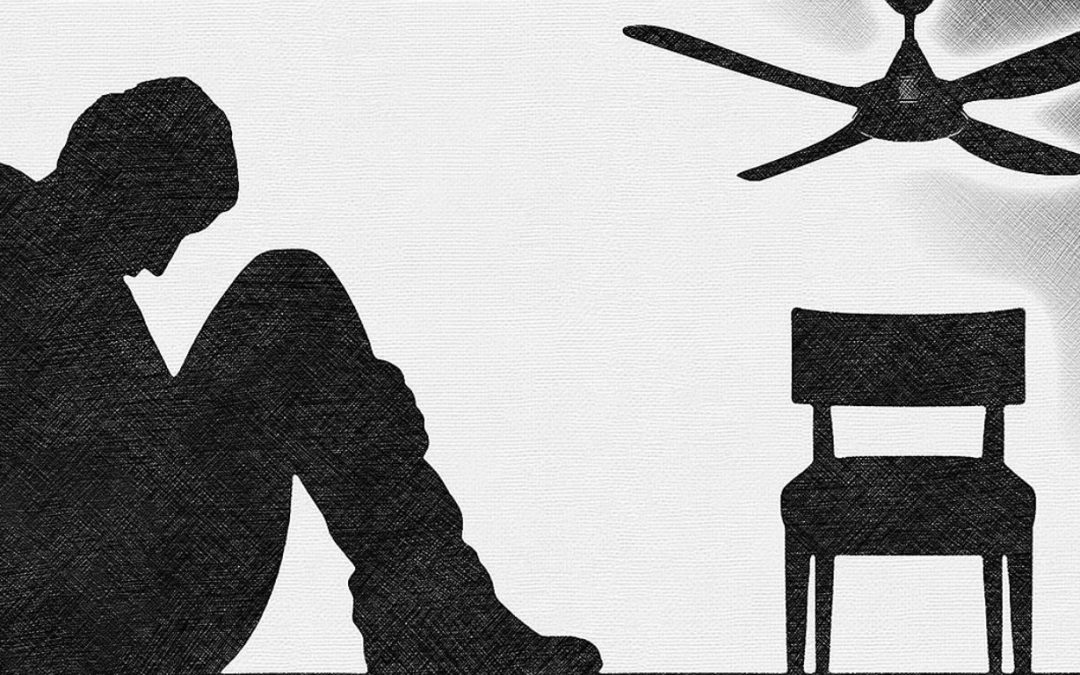
by bia07 | Nov 22, 2022 | Uncategorized
SDGs were adopted by the UN in 2015 as a universal call to action to ensure that by 2030 all people enjoy peace and prosperity. They are 17 goals and goal 2 specifically is about creating a world free of hunger.
After steadily declining for a decade, world hunger is on the rise again, affecting nearly 10% of people globally, a crisis driven largely by conflicts and wars such as the war in Ukraine which is disrupting the global food supply chains and creating the biggest global food crisis since the second world war, by climate change and the Covid-19 pandemic.
828 million ppl suffered from hunger in the year 2021, which is 46 more from a year earlier and 150 m more than 2019.
45 million children under the age of 5 were suffering from wasting which increases children’s risk of death by up to 12 times.
149 million children under the age of 5 had stunted growth and development due to a chronic lack of essential nutrients in their diets.
2.3 billion people were severely food insecure, 350 million more compared to before the outbreak of the covid 19 pandemic.
3.1 billion people couldn’t afford a healthy diet reflecting the effects of inflation in consumer food prices stemming from the economic impacts of the covid 19 pandemic.
Looking at the side-by-side bar chart, we can see the Global Hunger Index values in 2021 and 2022. GHI is a tool that attempts to measure and track hunger. It is a 100-point scale with zero being the best score meaning no hunger and 100 being the worst. The graph clearly shows us that the global hunger index values became worse in 2022 compared to those in 2021. For example, GHI for Congo was 30.3 in 2021, and it increased to 37.8 in 2022.
This line chart shows us that even though the % of stunted children was declining, back in 2019 it started to rise again and is continuing according to research.
There is no single idea that will solve world hunger alone. But there is a range of solutions available to us from an institutional level to an individual level that collectively can bring us to zero hunger.
Sustainable food: which can be achieved through funding projects so people can provide food for themselves in a sustainable way and are able to create their own steady supply of food instead of relying on aid from foreign countries.
Access to education: which is the best weapon against poverty and hunger because it means better opportunity and more access to income and food.
Empowering women: which has a direct correlation with hunger. Empowering women to gain access to food, be providers and lead their families has had a major impact on food access and the ability to change financial situations.
Transitioning: people suffering from hunger need help transitioning into a state of self-dependence. Some organizations have already started supporting with this transition. For instance, 15 feeds family starts by providing families with food, but then slowly find solutions to empower families to be self-sufficient because this will allow for a certain food income while relying on donations does not always guarantee food.
Food donations and school campaigns: even though we want the world to be self-sustainable, this is something that will not happen overnight, so it is important in the meantime to lend a helping hand. Donations have had an immerse impact on world hunger, for example organizations such as food for all was able to raise 60 million $ to fight world hunger in the year 2019. Besides, the World Food Program has been supporting school feeding for 6 decades. In 2020, 15 million school children received nutritious meals and snacks from WFP, and working with governments to build capacity, it helped strengthening the national school feeding programs of 65 countries, benefiting a further 39 million children.
Speaking of facts, governments, authorities, and NGOs worldwide need to urgently react and cooperate in the face of one of the largest challenges the world community is faced with. Extra effort to tackle the crisis should be put in place and proposed solutions which some of them have already been implemented need to expand into larger scales to be able to address the issue because what is being done is fine but never enough in the face of increasing rates.
by nae51 | Apr 15, 2022 | Uncategorized

2022. Climate change. DROUGHT. Increasing DROUGHT periods. Shorter Time Between these DROUGHT periods. FAMINE.
Meet Zahi. Zahi is a 10 year old Somali boy who lives in Somalia. He has been suffering from acute malnourishment for a good while now.
In fact, as of 2022, it was reported that around 4.1 Million Somalis are just like Zahi: all acutely malnourished, or even severely malnourished. In other words, this means that 1/4th of the Somali population is at the very least acutely malnourished. What can that cause, you may ask? Illnesses, poor physical and cognitive development, and ultimately, death.
This makes Somalia the hungriest country in the world. If you are wondering how hunger is measured, it is by using a metric entitled the Global Hunger Index (GHI). The latter is calculated by gathering data about:
- Undernourishment: share of people in a given region/country whose caloric intake is deemed insufficient,
- Child Undernutrition: share of children under 5 who have low weight for their height (wasted children) and thus suffer from acute undernutrition, but also the share of children under 5 who have a low height for their age (stunted children)- which indicates chronic undernutrition,
- Child Mortality: mortality rate of children under 5 who die because of inadequate nutrition and unhealthy environments.
To visualize the world’s hunger, the map that can be viewed in Sheet 1 below or on this link has been created.
We notice that Somalia is indeed the only country in the world with an extremely alarming Global Hunger Index, with an average GHI of 58 over the past 20 years.
What makes the situation in Somalia this dire and helpless? Well, to say the least, poverty coupled with and aggravated by governmental corruption, several outbreaks (to list a few: cholera, malaria, measles, corona), inflating prices (notably with the current Russia-Ukraine crisis) and most importantly the series of drought periods that have been happening consecutively over the past years, with the 2011-2012, 2016-2017 and 2021-2022 crises counting as the 3 major and most recent drought crises that have happened (and are still happening). Moreover, drought means death of livestock, no water, parents abstaining from eating to feed their children the very little food they have access to, and overall hunger. One must note that droughts have always happened in Somalia (and in the Horn of Africa generally), meaning that the Somalis are used to drought, and they had adapted to it, knowing how to pick themselves up and continue. However, with climate change, these drought periods have become more acute and consecutive, with shorter periods separating them, hence disabling Somalis from the chance to recover from the last drought.
Alright, now what is the solution?
The deployment of an immediate humanitarian response: gathering funds through non-governmental organizations or even governmental donations which aim (but are not limited to) to sending emergency water supplies, sending food donations, treating the malnourished, distributing dietary supplements, opening and running health supplies but also giving out cash and livelihood support to those who are most in need.
Does this help?
Yes. It does.
As a matter of fact, just like the graph on Sheet 2 below shows (or the one you can see on this link), in 2012, Somalia’s GHI was measured at an all time high of 65. Thanks to the donations and the humanitarian responses that happened between 2011 and 2020, Somalia’s GHI dropped to 50.8. Magical, right? Arguably the GHI all time high of 65 could have been prevented in the 2011-2012 drought crisis had the international scene acted quicker than they did: in fact their response was so slow that thousands had died by the time aids reached. It was indeed deemed a failure. Moreover, back then only 56% of the UN’s funding appeal for Somalia were met by donors, whereas during the 2016-2017 drought crisis, the international scene responded quicker and more acutely, with 68% of UN’s funding appeal for Somalia being met by donors.
However, it is to be noted than today, in the ongoing 2021-2022 drought crisis, merely 2.3% of the UN’s total funding appeal for Somalia have been met by donors. 2.3%. Furthermore, according to Mohamud Mohamed, Save the Children’s Country Director in Somalia: “Donors have a narrow window to prevent a major humanitarian disaster in Somalia (…)We’re worried that the political environment globally is overshadowing the humanitarian suffering of the Somali people.” As Mohamed said, the eyes of the world are focused on Ukraine, and are overlooking the rest of the world. Unequal treatment kills.
And the time, my friends, is ticking.
Written by Nour El Saadi.

by Salem G. | Apr 14, 2022 | Dashboard, Visualization
Suicide is something no one wants to talk about, the majority of people who are feeling down don’t openly talk about it. The highest population that is being affected are countries that are surrounding Russia, and in South Africa. There are 800k people commit suicide each year, this is due to many economical issues in these countries. Imagine Karim a husband and a father of 2 living in a country where the basic human needs are neglected. Now Karim is struggling to find a job due to the high unemployment rate, this means he is not able to feed his wife and kids. Imagine being in his place in a country with a 26% unemployment rate. People that are unemployed have a higher chance of commit suicide due their mental health taking a hit this could spiral own a dark hole which is hard to come out off. Unemployment forced 40% of the population to suffer from severe or moderate food insecurity and this is the disruption of food intake or eating pattern due to the lack of money and other resources. Now Karim can’t just feed his family but also can’t get the basic human needs.
All these problems correlate strongly with the Social protection and Labor Programs when these programs are lacking the result were higher suicide mortality rate. These programs help the population in managing risks and protect them from food insecurities through various methods. Poland has a high social program and the results of the suicide mortality rate is significantly lower compared to Lesotho which is the opposite with high suicide rates and low social program . This indicates to lower suicide rates we must increase the aid to the population by offering labor market, unemployment benefits, and other programs. Now Karim can relax and calm down as help is on its way to assist him and other people who are in need.

by Sara Wehbi | May 5, 2020 | Visualization
This dashboard shows the percentage of people suffering from extreme undernourishment around the world.
Unfortunately, there are millions of people with low income level who are currently undernourished and food insecurity appears to be increasing in some places like Africa in the last years. For example, around 21% of people in Sub-Saharan Africa were suffering from hunger in 2017!
A profound change of the global food and agriculture system is needed if we are to nourish the millions of people who are hungry today.
It is time to rethink how we grow, share and consume our food to provide nutritious food for all and protect the environment.
Data source: World Development Indicators



